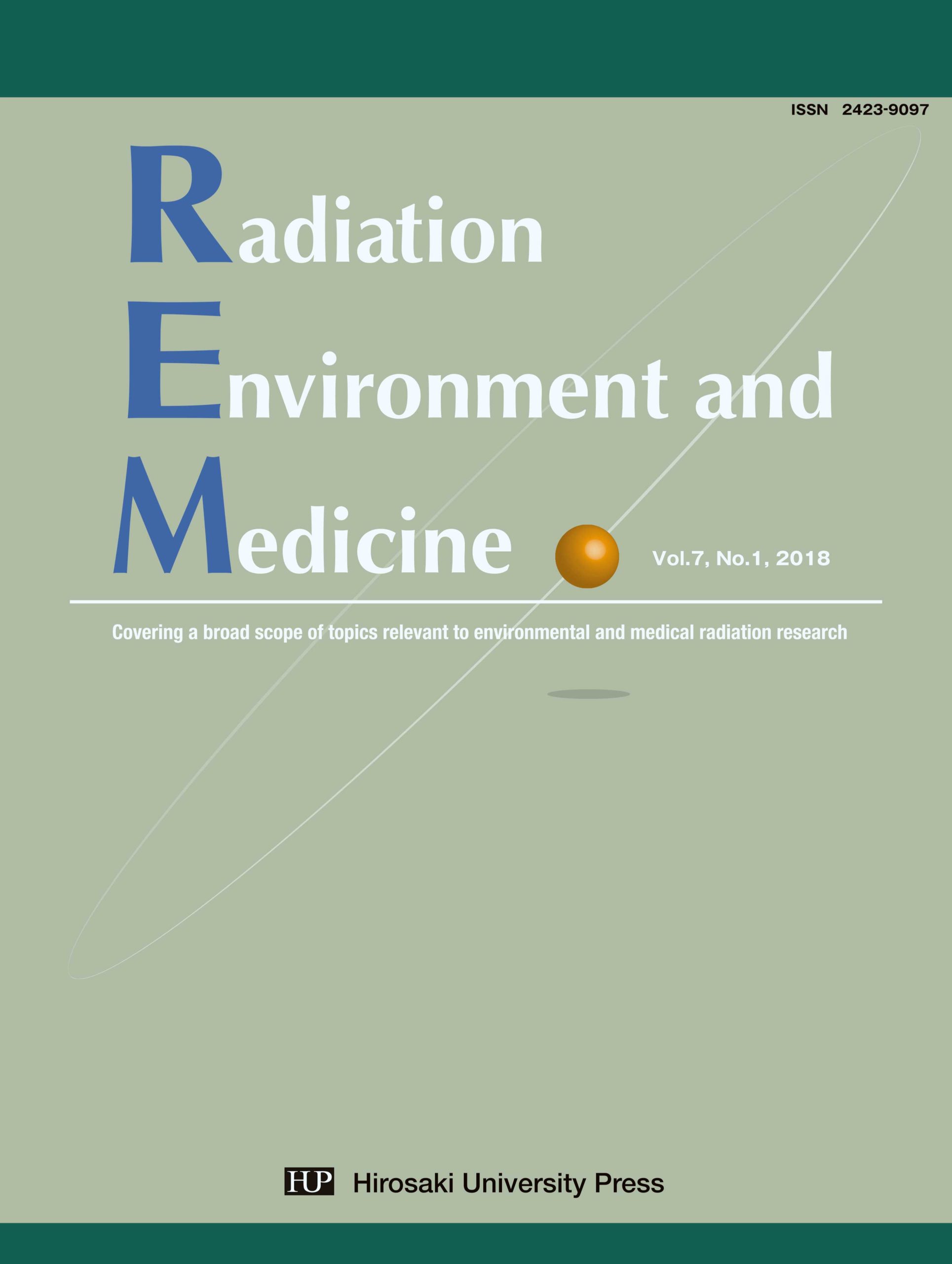Current Status of Magnetic Resonance Angiography
View article content
Yoko Saito*
Department of Radiation Sciences, Hirosaki University Graduate School of Health Sciences, Japan
Radiat Environ Med (2018)7 (1): 1-8
- Abstract
The principles and clinical applications of the different magnetic resonance angiography (MRA) techniques that are available in clinical settings are described in this paper.
Time-of-flight (TOF) MRA is the most common MRA method, per formed without the intravenous injection of any contrast material. The high diagnostic accuracy of brain three-dimensional TOF MRA in the detection of both steno-occlusive lesions and aneurysms is well-known. Therefore, MRA is usually performed first in suspected cases of these vascular lesions, with subsequent computed tomography angiography (CTA) or conventional angiography for further examination.
Phase-contrast MRA is another magnetic resonance technique that allows for the evaluation of flow directions and flow velocities, which is a specific advantage of MRA as compared with CTA.
In peripheral arteries, fresh blood imaging (FBI) or contrast-enhanced MRA is preferable because two-dimensional TOF MRA requires a long acquisition time. FBI is a novel and noninvasive MRA technique. However, this technique has been introduced relatively recently and is not available in many current magnetic resonance systems.



